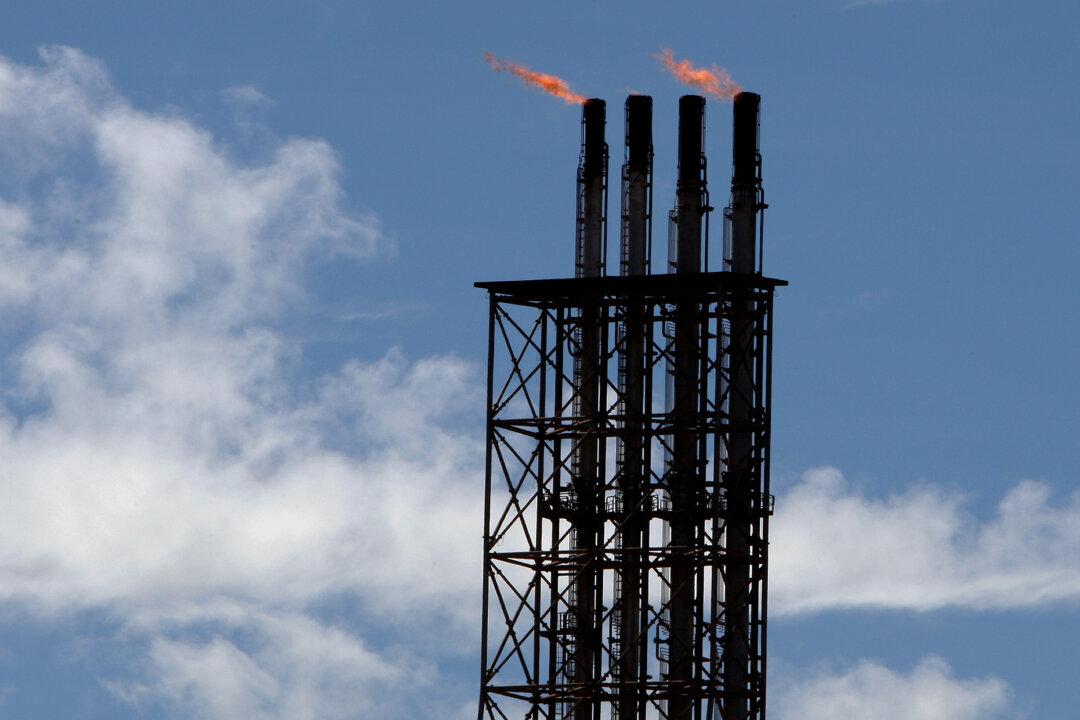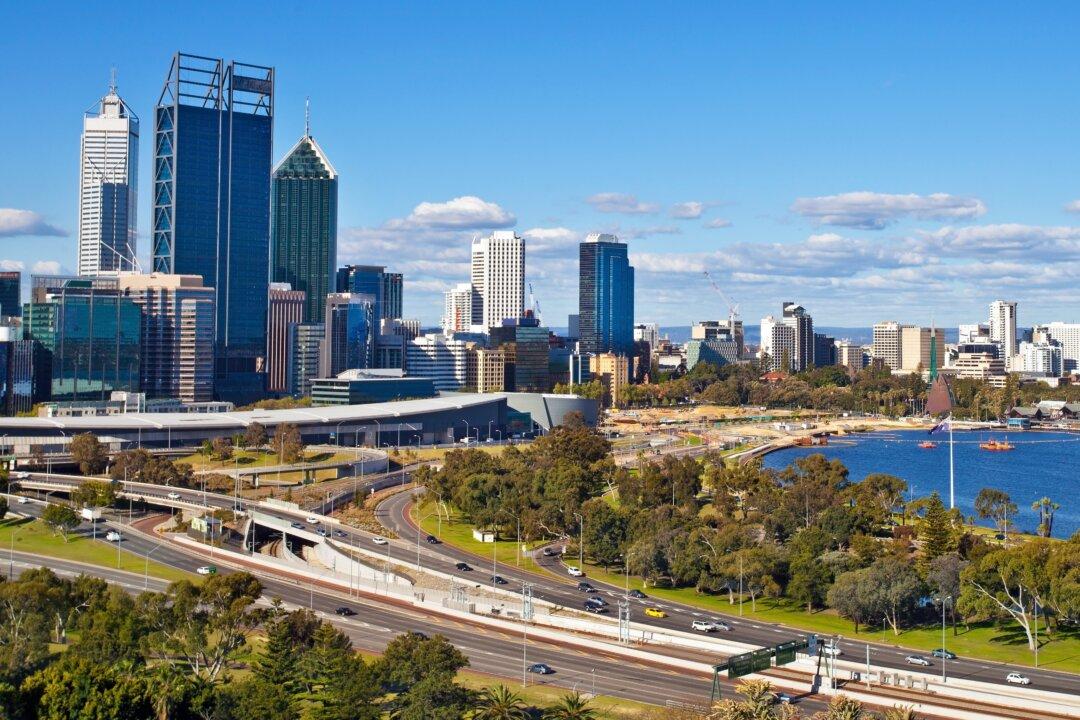Public financial institutions across China, Japan, and South Korea have bankrolled Australia’s gas projects to the tune of $28 billion (US$21 billion) over the last decade.
However, as Prime Minister Scott Morrison joins world leaders at COP26—the 26th United Nations climate summit in Glasgow—environmental groups have decried Australia over its continued inaction in halting coal, gas, and other emissions-generating projects.





